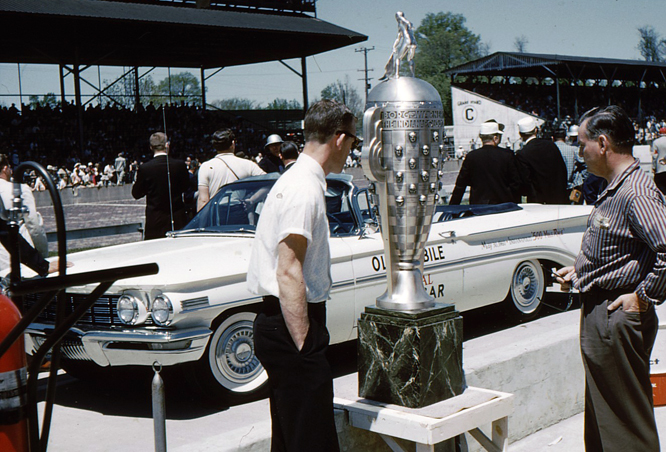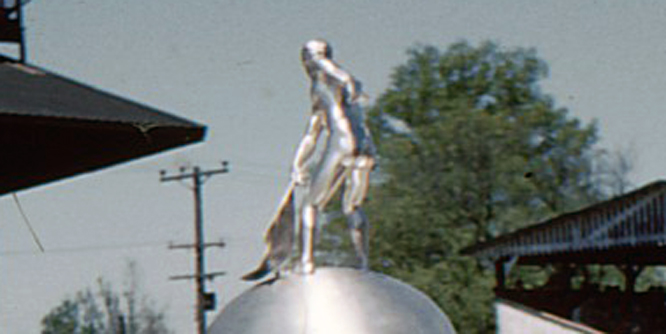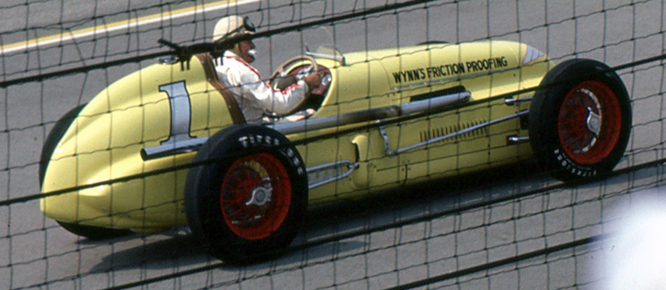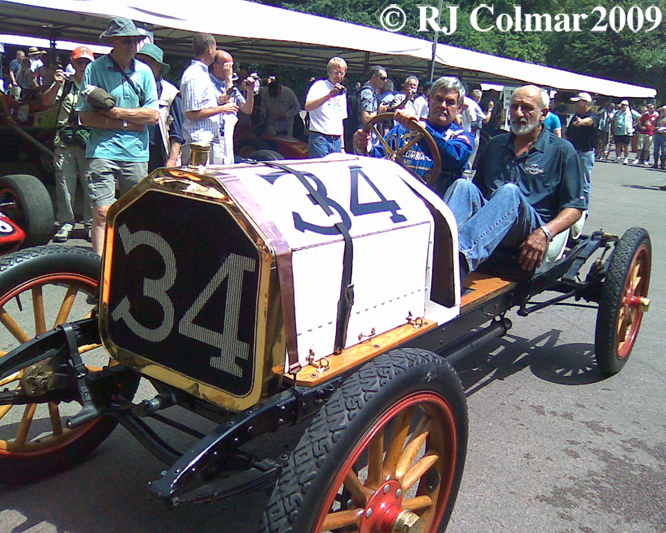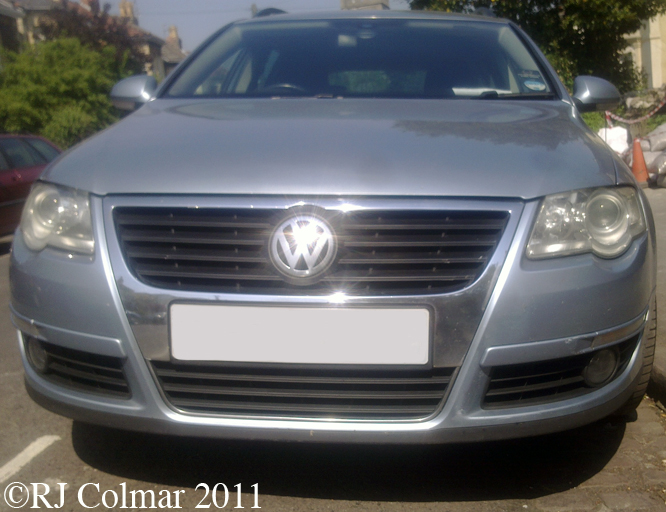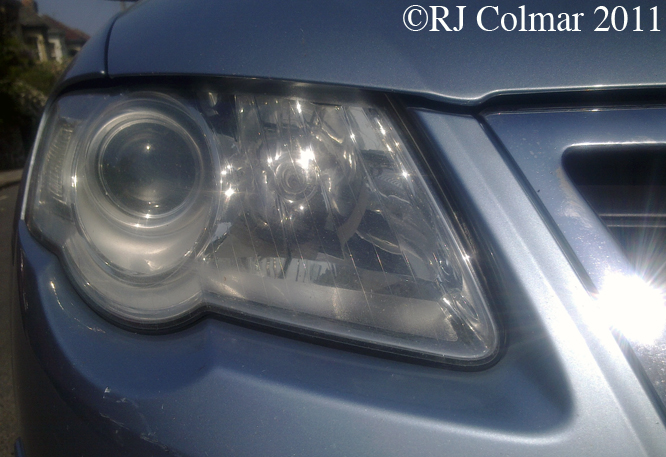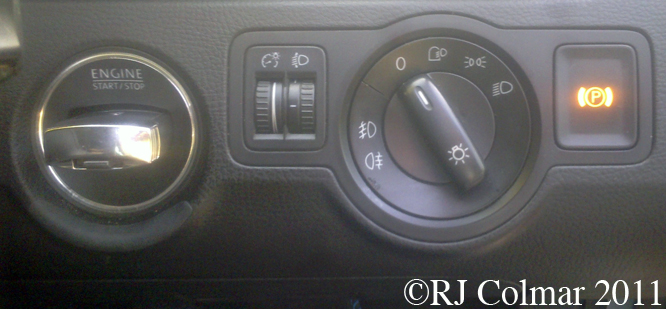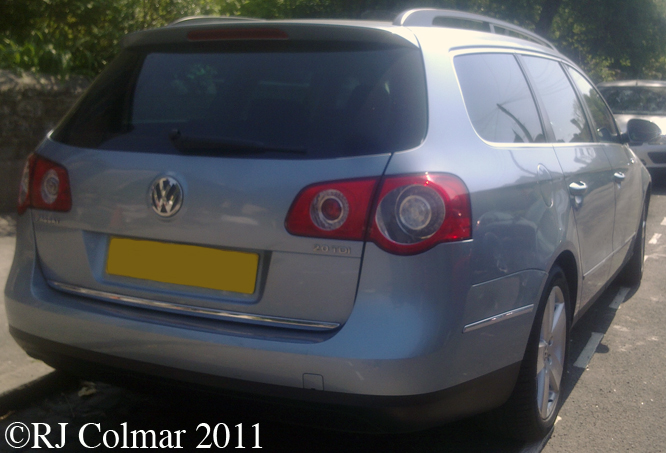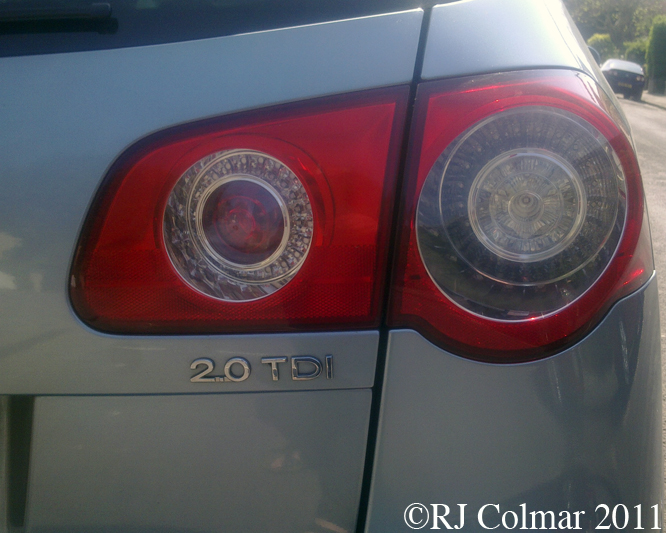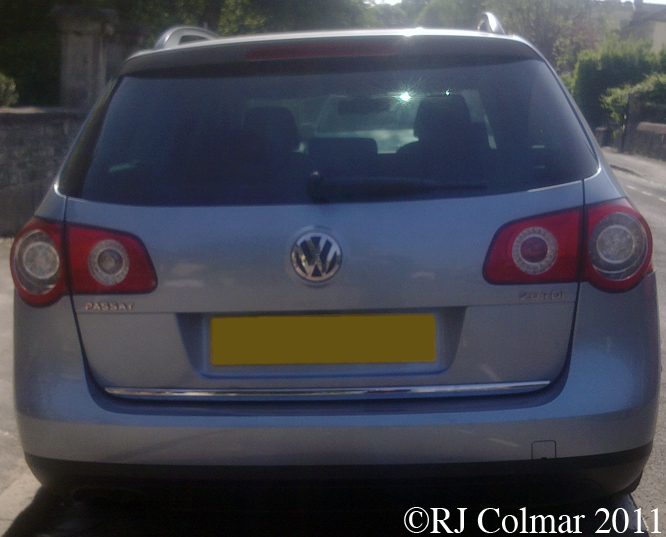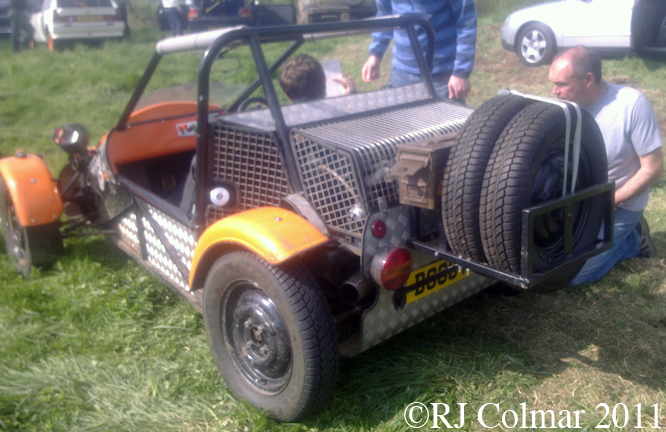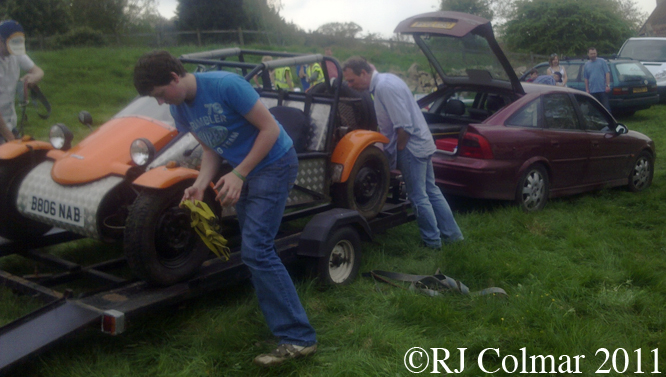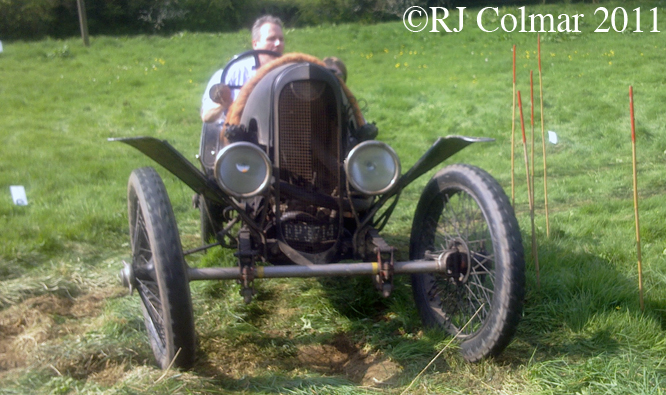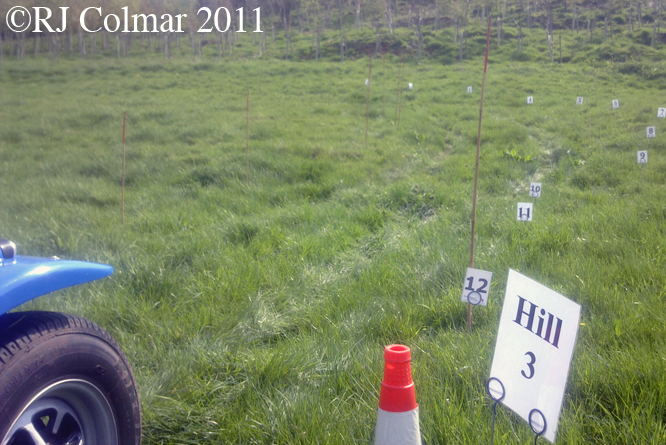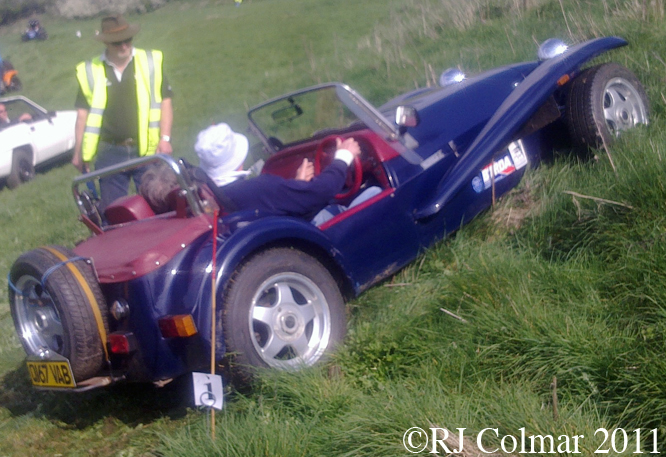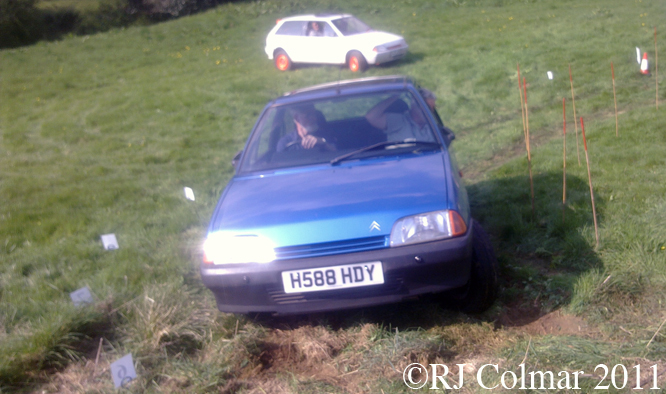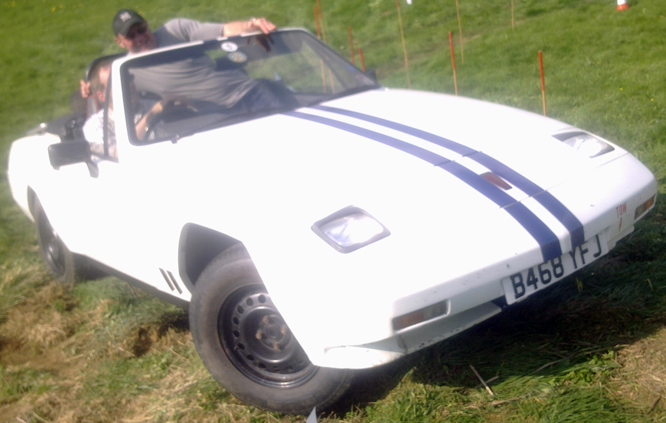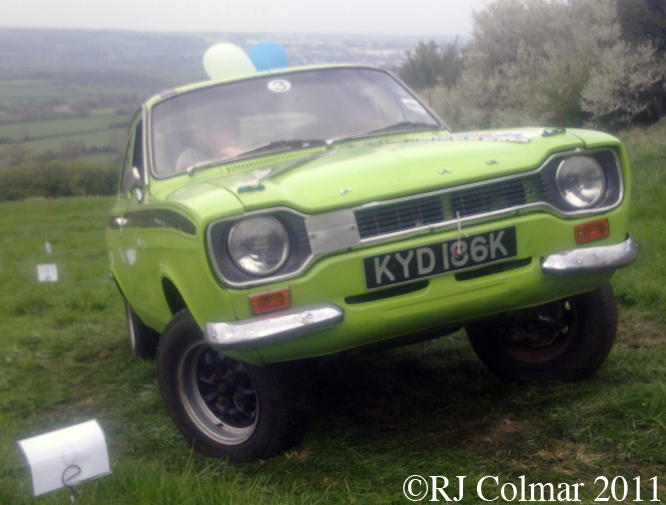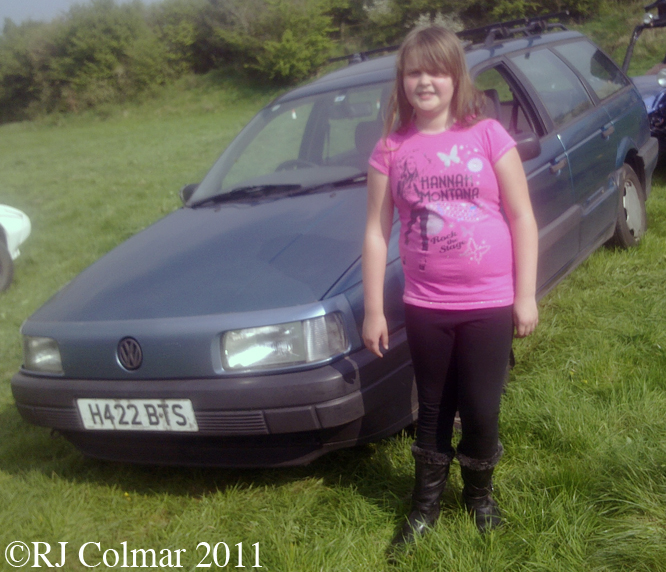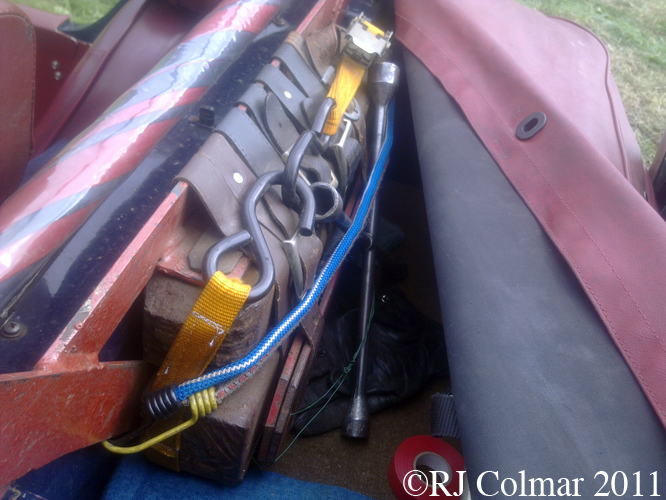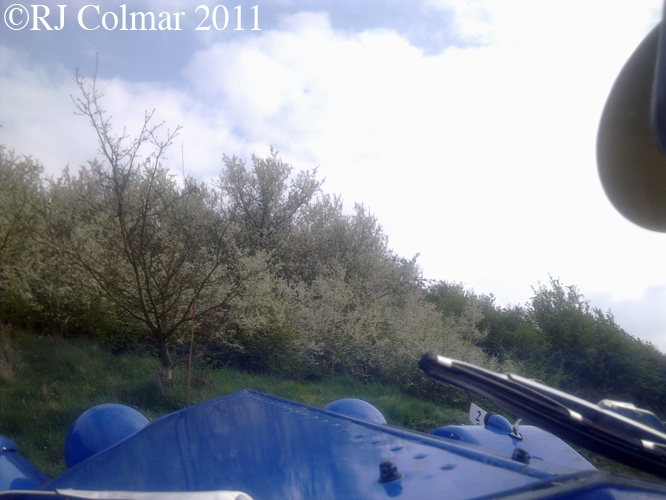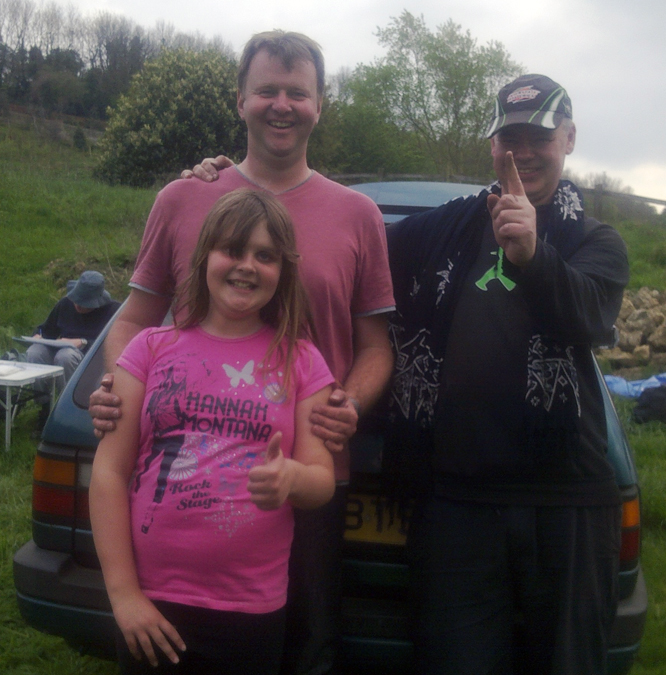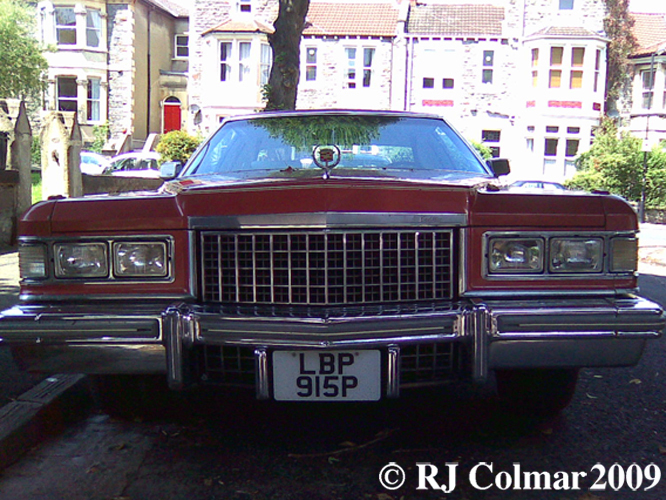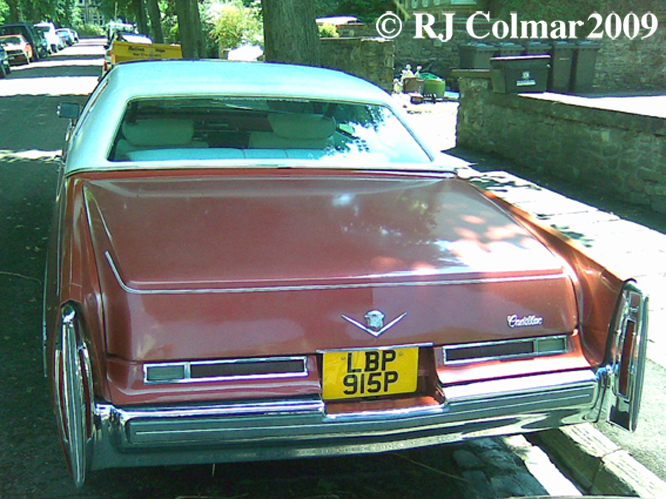To round out my month of May centenary celebration of the first running of the Indianapolis 500 today I’ll be looking at possibly the most coveted prize in all of motor racing, the Borg Warner Trophy seen here in 1960 courtesy of Ed Arnaudin.
1960 Photo by Ed Arnaudin
The Indianapolis 500 always run on Memorial Day weekend is full of traditions including the early morning explosion that signals the opening of the gates to The Brickyard at 6 am on race morning, the marching of bands starting at 8 am, which includes the Purdue University All American Marching Band who play the worlds biggest drum.
The National Anthem and Invocation are followed by a rendition of Taps in remembrance of the fallen complete with a military flyover.
1961 Photo by Ed Arnaudin
Another traditional highlight since 1972 is Jim Nabors accompanied by the Purdue Marching band for a rendition of ‘Back Home Again in Indiana‘ during the performance of which thousands of balloons are released, a tradition that started earlier in 1946.
Then there is the call for the ‘Ladies and Gentleman’ to start their engines in the build up to the race before the pace car laps and first fall of the green flag that gets the race started.
Once the race is won the winner is ushered into Victory Lane and since 1936 in a tradition started by three time winner Louis Meyer the winner drinks milk, Meyer actually drank buttermilk.
Wilbur Shaw a three time Indy winner and President of the Indianapolis Motor Speedway who was not partial to milk interrupted the milk drinking tradition from 1947 to 1955 with a bowl shaped trophy filled with iced water for the winner to drink.
Since 1956 milk was reinstalled on the winners menu and only Emerson Fittipaldi, owner of several orange groves, in 1993 has broken the tradition by drinking orange juice. The winner is then photographed with the Borg Warner Trophy a tradition which also started in 1936.
The Borg Warner Trophy was designed by Robert J Hill and Gorham Inc of Providence Rhode Island at a cost $10,000 in 1935. A likeness of all the winners faces back dated to first Indy 500 in 1911 adorns the 52 inch 153 lb sterling silver trophy which had to have its base expanded in 1987 to accommodate the faces of the most recent winners.
Bobby Rahal’s face, sans spectacles unlike Tom Sneva, was the last drivers likeness attached to the original trophy since then likenesses of winners have been attached to the base which was last extended in 2004.
The trophy used to be displayed on the roll bar of the winners car however it is now so large and heavy that it is displayed along side the winners car.
1960 Photo by Ed Arnaudin
One thing I discovered while preparing this blog and is verified by Ed’s photo is that the flag man atop the trophy is cast as a traditional ancient Greek athlete and is in fact butt naked.
Louis Meyer described winning the Borg Warner Trophy like “winning an Olympic Medal”. Prior to 1988 a 24 inch model of the trophy mounted on a walnut base was given to winners since 1988 winners have been given an 18″ replica during preparations for the following years race.
Also since 1936 the winner of the Indy 500 has taken home the Official Pace car, more on which will have to wait until next year.
Wishing all the competitors in today’s centenary running of the Indy 500 the best of luck.
Evidence provided by Tim Murray shows that as of 2005 the Johnny Parsons spelling error I mentioned in my blog on the Wynns Friction Proofing Special had not been corrected. Apologies for any confusion caused.
Thanks to Steve Arnaudin for the scans of his Dad’s slides also to Tim Murray and B² from The Nostalgia Forum for their help clarifying dates concerning the Borg Warner Trophy.
That concludes what for me has been a fascinating month of May looking at a potted history of the Indy 500, thanks for joining me on today’s ‘Butt Naked’ truth edition of ‘Gettin’ a lil’ psycho on tyres’, I hope you will join me again tomorrow. Don’t forget to come back now !

